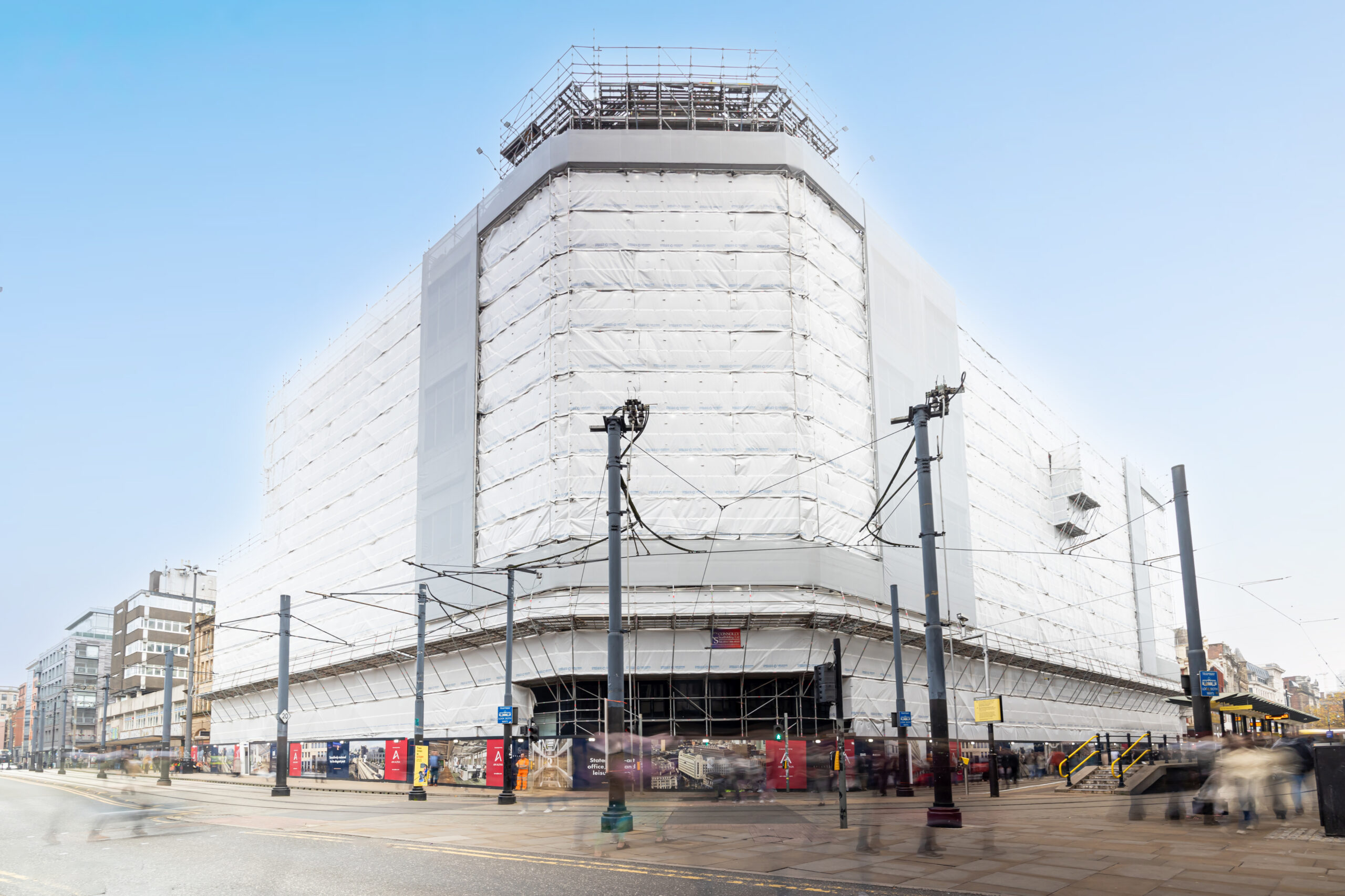The following press release has been prepared for PBC Today: Repurposing and retrofitting vacant buildings is key to net zero
The below article is to be attributed to Olaf Deistler, Director at AM ALPHA
Changing consumer habits have forced a decline in the quality and quantity of retail spaces in recent years. At best, high streets have transformed beyond recognition over the last decade. At worst, areas have been left vacant and unkept.
It is a problem that will persist in 2025, with the retail sector facing extreme uncertainty.1 A recent survey of Chief Financial Officers (CFOs) from 52 leading retailers found that 70% of respondents expressed pessimism about trading during the coming 12 months.
Moreover, the British Retail Consortium (BRC) has recently calculated retailers will face a £7bn increase in costs this year. Increased national insurance contributions, as well as the rise in the national living wage and new packaging levies, all play a crucial role in this inflation.
The retail sector must pivot to mitigate rising costs, and for many, being pride of place on the British high street is no longer a worthwhile investment. With this, more heritage buildings will become vacant, providing a prime opportunity for property developers.
Preventing waste and pivoting use
Many former retail spaces, particularly those that once housed department stores, are among the most impressive architecture available in this country. Watching these buildings sit empty is a terrible waste.
In 2025, we will continue to see a rise in ambitious developers looking to snap up these buildings, putting forward plans to restore them to their former glory. And it’s great news for our towns and cities. Whether being converted into offices, restaurants, apartments or something else entirely, redevelopment will ensure these buildings can once again welcome dynamic communities.
Success lies in allowing developers to create innovative and impressive regeneration schemes, to ensure the buildings go through evolution rather than extinction. Building on a heritage asset, conserving many of its qualities and adding authenticity to the redevelopment, is achievable in 2025.
Putting buildings at the heart of communities
Former department stores are often landmarks. Holding stores of this magnitude may not be a viable investment for retailers but that does not mean all is lost. It is time for developers to retrofit creatively to bring these buildings back into use.
To achieve this, developers must focus on what is needed in 2025. For example, we are developing exceptional commercial workspaces as part of our Rylands scheme, situated on the former Debenhams site in Manchester city centre.
Post-COVID, people believed that businesses would abandon offices for remote working, but we are witnessing the opposite happening. Businesses are searching for regional office space more than ever before, which has fantastic economic value.
Vacant department stores could be pivoted into high-quality office space, reinstating their economic potential. While a department store does not serve the community anymore, it does not mean the impressive building cannot.
Driving socio-economic benefits
Commercial developers must also be more considerate of neighbourhoods than ever before. Former department stores offer a large opportunity to drive socio-economic improvements, but this can only be achieved by building schemes that local people are genuinely proud of and want to experience.
With former department store buildings, people are vastly invested in the preservation of the site, meaning developers are already on their way towards receiving local support. Nevertheless, it remains imperative to build on this by delivering what communities want and need, which involves extensive research into the local areas.
Restoring vacant buildings has so many benefits – they are often quicker, more sustainable, and more cost-effective. That is why AM ALPHA has centred much of our recent work on regeneration. We do not like to see potential go to waste, and that is currently happening in abundance across the UK. In 2025, developers can make a real difference, giving these buildings a new lease of life and marking a new chapter for local people.

